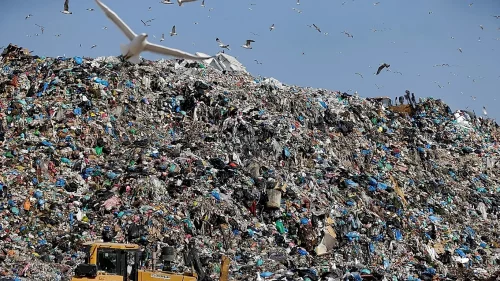The Coca-Cola Company is changing its green Sprite packaging to clear plastic from August 1 as part of a broader effort to increase environmental responsibility.
The green PET contained an additive that made it impossible to recycle it into new bottles, reports said CNN Business.
Such an initiative is key to Coca-Cola's efforts to reduce plastic waste.
"Taking colors out of bottles improves the quality of the recycled material," Julian Ochoa, CEO of R3CYCLE, a plastics group that helps Coca-Cola improve recycling, said in a statement. – "When recycled, clear PET Sprite bottles can be remade into bottles, helping drive a circular economy for plastic."
The company is also updating the logo and packaging design on Sprite bottles.
Other Coca-Cola drinks that use green bottles, including Fresca, Seagram's and Mello Yello, will also switch to clear containers in the coming months.
The beverage giant has often been criticized for contributing to environmentally harmful plastic waste. In 2020, the environmental firm Break Free From Plastic named the company the world's biggest plastic polluter, with its brands found on 13,834 pieces of discarded plastic in 51 countries, often in public places such as parks and beaches.
Coca-Cola also announced that most Dasani bottles in the US and Canada will now be sold with 100% recycled plastic. This innovation is predicted to reduce the amount of new plastic waste by approximately 9 million kg compared to 2019.
Earlier, EcoPolitic wrote, that Coca-Cola and a number of other famous brands were exposed on lies about the environment packaging
As EcoPolitic previously reported, PepsiCo is being urged to set more ambitious goals than Coca-Cola, which has undertaken to 25% of its packaging is reusable or filling until 2030.




